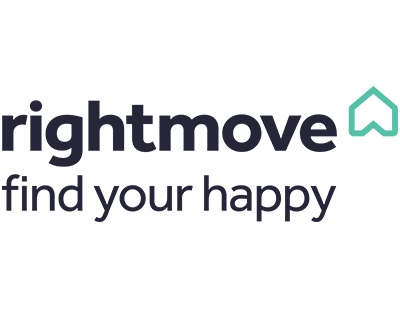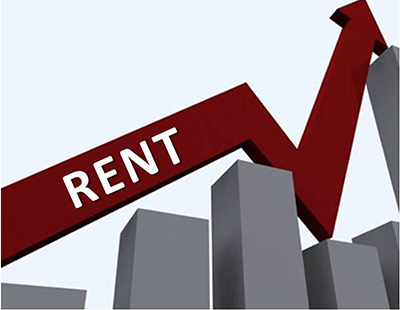
Asking rents outside London have hit a new high according to Rightmove’s latest market snapshot.
The pressure comes from record demand from tenants, and by strong price growth in the south western and northern regions in particular.
Asking rents are up four per cent in the South West and up three per cent or more in the three regions of the North East, North West, and Yorkshire and the Humber.
The only move in the opposite direction remains London, where asking rents are now three per cent lower than this time a year ago; in inner London the position is much worse, with asking rents 6.8 per cent down.
Rightmove’s analysis shows that in September 2019 the most in demand property type was a studio flat, followed by a two bedroom house.
However, with the pandemic front and foremost, this September not only have two bedroom houses overtaken studio flats as the most in demand, studio flats have fallen seven places, behind bungalows and houses as renters look for spare rooms to set up spaces to work from home.
Prospective tenants will find 20 per cent more properties in total listed than in September last year nationally, but available stock is only up by two per cent so they will still find strong competition, especially for houses.
It is a different story in the capital, where available stock is up by 80 per cent on last September.
Asking rents have been falling since the beginning of lockdown in London, and are now an average of £110 per month lower than back on March 23.
“Landlords with a large portfolio of studio flats may find they need to accept lower rents than over the past few years” cautions Rightmove’s commercial director and housing market analyst Miles Shipside.
He continues: “Although let’s not forget that overall rents have gone up by £100 per month outside London and £140 in the capital over the past five years so those with a longer term view will still be able to make some good returns.”













%20-%20IMAGE%20Client%20Accounting%20%E2%80%93%20what%20are%20your%20options.jpg)
.png)


%20(002).png)

%20(002).jpg)










Join the conversation
Jump to latest comment and add your reply
3% down in London? Try 20% down in the epicentre of the City, Canary Wharf and surrounding areas. Good to see other areas on the rise though.
This rebalancing is to be expected now there is no requirement to commute into the office every day and won't be ever again for millions of people. Anecdotally most businesses seem to be planning their arrangements over the next rolling 5 year plan based on a flexi hybrid model. No expensive permanent office space, and therefore no 5 day a week commute. Instead firms will be investing in serviced office space both in central london but also in the shires where meeting rooms and hotdesking can be booked on demand or on short 2 year leases facilitating the face to face element required to run their business. Peoples homes will become their main office, with then sporadic meetings with clients and colleagues in these new locations. Even over recent weeks with everyone able to go to work if they wanted to, I haven't counted more than 8 occupied spaces out of 200 at the station car park. Normally 200 have gone before the 7.03 leaves with another 50 lining neighbouring streets. The shift in business attitude has been seismic, this is not just a lockdown piece.
A big problem will be H & S assessments at homes.
Without a spare room that can be an office workers may be barred from WFH.
The problem is that there simply aren't enough 3/4 bed houses.
Perhaps space in a garden for a shoffice.
LL will beed to up their offer to attract WFH workers who will ve able to pay more rent as they are saving about £7000 per year on costs of commuting.
LL can have some of that!
The imperatives are obvious.
Please login to comment